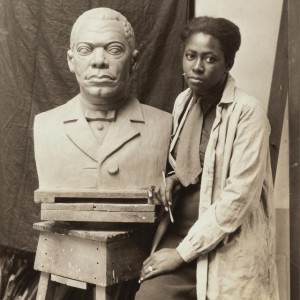
Introduction
The Harlem Renaissance was a huge cultural movement in early twentieth-century America, spanning art, literature, theatre, music, and fashion. At the time, it was known as the New Negro Movement, named after the 1925 anthology by Alain Locke. It was fueled by the first wave of the Great Migration, which saw approximately 1.6 million (between 1916 and 1940) African-Americans leave the rural Southern states to seek greater social freedom and the labor opportunities in Northern industrial cities. This guide will explore the ideas underpinning the Harlem Renaissance theatrical movement, along with some of the key productions, companies, and playwrights whose works signified the changes happening in American theatre.
Terminology
- Great Migration: a period in which approximately 1.6 million African-Americans left the rural Southern states to seek greater social freedom and the labor opportunities in Northern industrial cities between 1916 and 1940.
- New Negro Movement: The name given to the Harlem Renaissance at the time, named after the 1925 anthology by Alain Locke.
Key Dates & Events
- 1891 - 1960 - The life of Zora Neale Hurston.
- 1901 - 1967 - The life of Langston Hughes.
- 1910 - The National Association for the Advancement of Colored People (NAACP) is founded.
- 1914 - 1918 - The First World War.
- 1916 - 1970 - The Great Migration.
- 1921 - The groundbreaking musical Shuffle Along premieres on Broadway at the 63rd Street Music Hall.
- 1924 - 1987 - The life of James Baldwin.
- 1930 - Langston Hughes and Zora Neale Hurston collaborate on their play, Mule Bone. Due to their falling out, it was not staged until 1991.
- 1939 - The outbreak of World War One.
Context & Analysis
The Harlem Renaissance was underpinned by the idea that every racial group was responsible for working out its own distinctive form and style of cultural expression. It gave a voice to writers and artists such as Langston Hughes, Zora Neale Hurston, Countee Cullen, Jessie Fauset, Nella Larsen, and Jean Toomer.

Alexandra Appleton
Writer, editor and theatre researcher